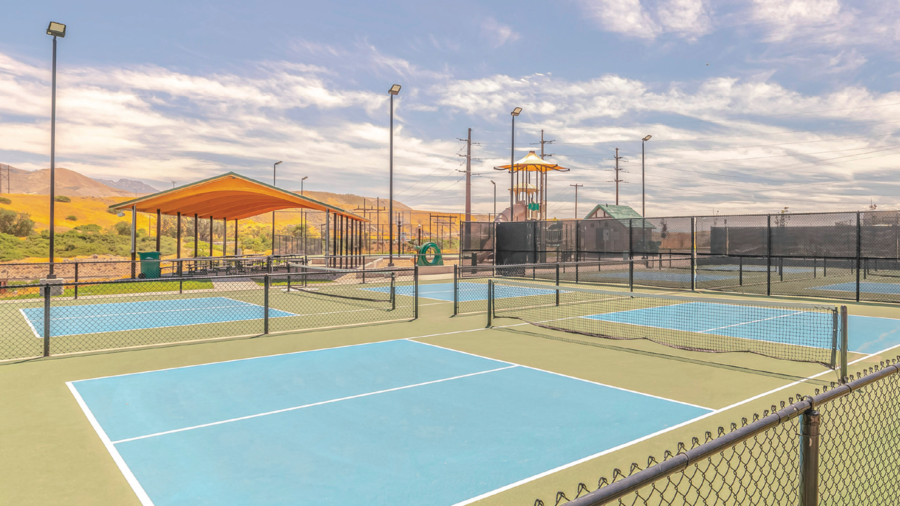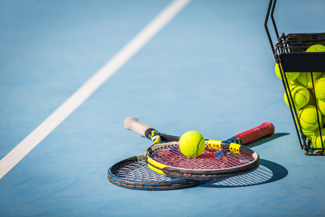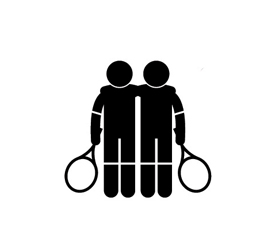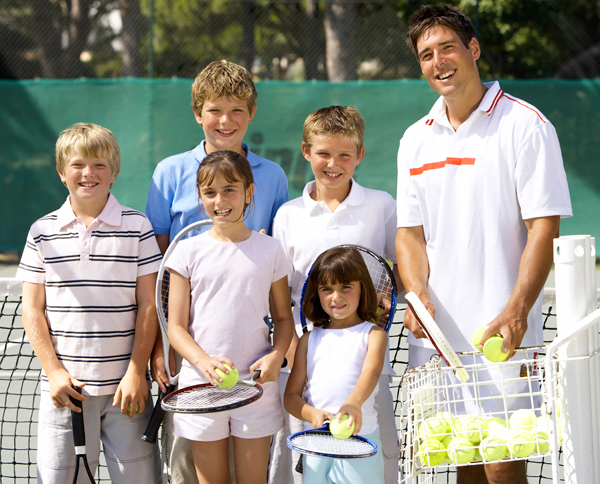Click here for the full article published by Racquet Sports Industry
Tennis On Campus is a proven winner for this sport and industry. It’s time we gave it the support it needs to thrive once again.
Recently my wife and I went out for dinner, and a gracious young woman, wearing a USTA shirt, was our wait person. She said she had just completed her high school tennis career and was off to college. I asked if her high school coach had mentioned Tennis On Campus. She said no – and once again my frustration with getting the word out about TOC set in.
About 90 percent of the time when I bring up TOC to high school tennis players, they are in the dark on what it is. I promised to send the young lady a link and get her up to date.
According to the tennisoncampus.com website, there are over 300 colleges currently hosting TOC programs for co-ed, social play and extramural competition. When TOC was at its height about seven years ago, there were over 650 colleges and universities engaged, and more than 40,000 students!
Due to the pandemic, we’ve lost engagement with a good number of TOC chapters and players around the country, but that’s not the only problem. The good news is that with a steady stream of well over 300,000 U.S. high school tennis players (according to 2018-19 stats), TOC can still grow. Where will these players go to stay in the sport as they enter college? There are maybe 15,000 college varsity spots. TOC continues them on the pathway to tennis as an adult, after college. And it can help fill a tennis need if varsity programs get cut.
Another thought: Parents want their kids to have activities to engage in as they enter college. What’s better than TOC after high school tennis?
Making sure colleges have tennis activity helps to preserve, and even expand, tennis courts and infrastructure, which isn’t just important for students, but for the surrounding community, too.
Why do we spend so much time and energy trying to get young people to play tennis, yet we fail to provide, or maintain, a clear roadway for continued success into adulthood? TOC is the lowest hanging fruit we have for growth.
There’s also a very clear industry imperative. TOC alumni have filled jobs throughout this industry, from teaching pros, to club/facility staff, to working for manufacturers, retailers, sections, CTAs, NJTLs and more. We’ve lost that key pipeline, yet we continue to bemoan the fact that we don’t have young people entering this industry. That’s just crazy.
From the start, the USTA, through TOC, had a strong and important relationship with the National Intramural-Recreational Sports Association. NIRSA saw TOC as a “wow” for their mission. But in recent years, it seems USTA has back-burnered TOC to the point where the NIRSA relationship is faltering.
USTA, pay attention here: It’s time to focus on the long-term good TOC has already proven it brings to this industry. TOC is a key link in the chain from juniors into adult tennis. It should be a major key to retention of current players. It brings young people into this industry. If any program deserves resources, support and investment, it’s TOC.
USTA section and district staff, teaching pros, high school coaches and volunteers must be informed and be advocates for TOC, and must promote it to their players. We must get TOC back on the stove, on a front burner, with the heat turned up. This is an opportunity we can’t afford to ignore any longer.








